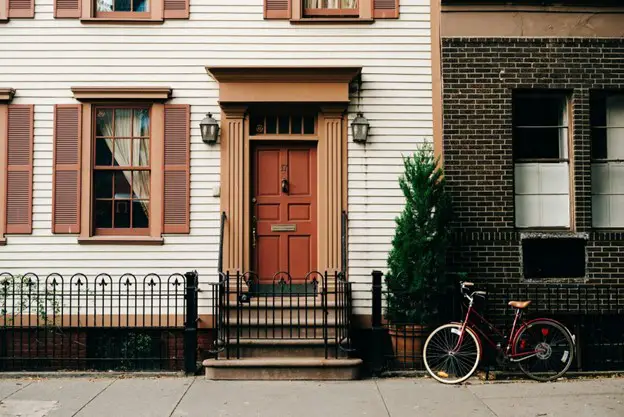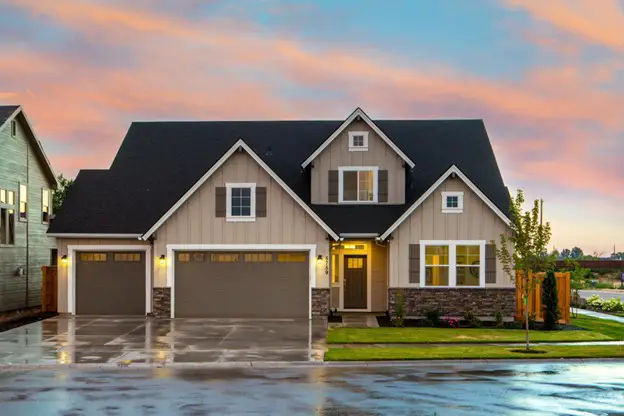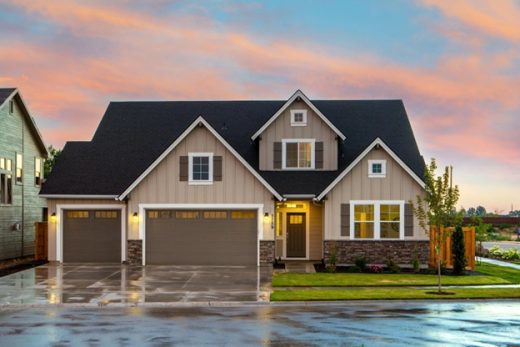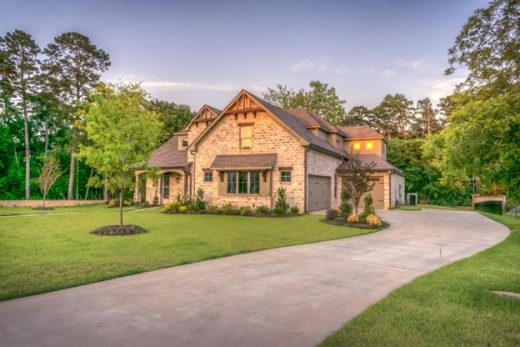Common siding problems to repair, Home exterior materials and maintenance, Property facade fix advice
Common Siding Problems: Signs That Your Siding Needs Repair
26 April 2024
Your home’s siding serves as its protective shield, shielding it from the elements and enhancing its curb appeal. However, over time, siding can succumb to wear and tear, leading to a variety of problems that require attention.
Recognizing the signs that your siding needs repair is crucial for maintaining the integrity and appearance of your home. From cracks and holes to warping and discoloration, each issue indicates potential vulnerabilities that can compromise your home’s structural integrity and aesthetic appeal. In this comprehensive guide, we’ll explore common siding problems and the telltale signs that indicate it’s time to address them. By staying vigilant and proactive, you can ensure that your siding remains in top condition, protecting your home and preserving its value for years to come.
1. Cracks and Holes
Cracks and holes not only compromise the aesthetic appeal of your home but also leave it vulnerable to moisture infiltration and pest infestation. One of the most visible signs that your home needs siding repair is the presence of cracks and holes. Cracks can occur due to various reasons, including temperature fluctuations, settling of the foundation, or impact damage from debris. Holes may result from woodpecker activity, insect infestation, or accidental damage. Regardless of the cause, addressing cracks and holes promptly is crucial to prevent further deterioration of the siding and potential structural issues.
2. Warping or Buckling
Warping or buckling of siding panels is another indicator that repairs are necessary. This problem often arises due to prolonged exposure to moisture or heat, causing the siding material to expand and contract unevenly. Additionally, poor installation or inadequate ventilation behind the siding can contribute to warping. When siding warps or buckles, it not only detracts from the appearance of your home but also compromises its ability to provide insulation and protection against the elements. Ignoring warped or buckled siding can lead to more extensive damage and costly repairs down the line.
3. Fading or Discoloration
Fading or discoloration of siding is not only unsightly but also a sign of potential issues. Over time, exposure to sunlight, harsh weather conditions, and environmental pollutants can cause the siding to lose its original color and appear dull or discolored. While some fading is normal as siding ages, excessive or uneven fading may indicate underlying problems such as water intrusion, mold growth, or insect damage. In such cases, it’s essential to inspect the siding thoroughly to identify the root cause of the discoloration and take appropriate measures to address it before further damage occurs.
4. Loose or Missing Siding Pieces
Loose or missing siding pieces are clear indicators that your siding needs repair. Loose siding can be caused by factors such as high winds, improper installation, or deteriorated fasteners. Missing pieces may result from severe weather events, impact damage, or wear and tear over time. Regardless of the cause, gaps or gaps in the siding can allow moisture, insects, and debris to enter the underlying structure, leading to water damage, mold growth, and other issues. Promptly replacing or repairing loose or missing siding pieces is essential to maintain the integrity and appearance of your home’s exterior.
5. Rot or Decay
Rot or decay of siding materials is a serious problem that requires immediate attention. Wood siding is particularly susceptible to rot, especially if it’s not properly maintained or protected from moisture. Signs of rot include soft or spongy spots, discoloration, and a musty odor. Rot can compromise the structural integrity of your home and create ideal conditions for mold and mildew growth. In severe cases, it may necessitate the replacement of the affected siding panels and underlying sheathing to prevent further damage and ensure the safety of your home.
6. Mold or Mildew Growth
The presence of mold or mildew on your siding is not only a cosmetic issue but also a health concern. Mold and mildew thrive in moist environments, making siding susceptible to growth, especially in areas with poor ventilation or frequent exposure to rain or humidity. Aside from being unsightly, mold and mildew can cause respiratory problems and exacerbate allergies and asthma symptoms. If left unchecked, mold and mildew can spread rapidly and compromise the structural integrity of your home. Regularly inspecting your siding for signs of mold or mildew growth and addressing any issues promptly is essential to protect your health and preserve the integrity of your home’s exterior.
Recognizing the signs that your siding needs repair is essential for maintaining the integrity and appearance of your home’s exterior. From cracks and holes to warping and discoloration, various indicators suggest that your siding may be compromised and in need of attention. By addressing these issues promptly and proactively, you can prevent further damage, protect your home from the elements, and ensure the safety and comfort of your family. Regular inspections, proper maintenance, and timely repairs are key to prolonging the lifespan of your siding and preserving the value of your home.
Comments on this Ultimate Guide to Common siding problems to repair article are welcome.
Building Siding Material
Building External Siding Materials
Guide to exterior siding materials and maintenance
Painting Metal Siding on Industrial Buildings

Painting Metal Siding on Industrial Buildings
Building Articles
Residential Architecture
Comments / photos for the Common siding problems to repair – materials maintenance advice page welcome.







